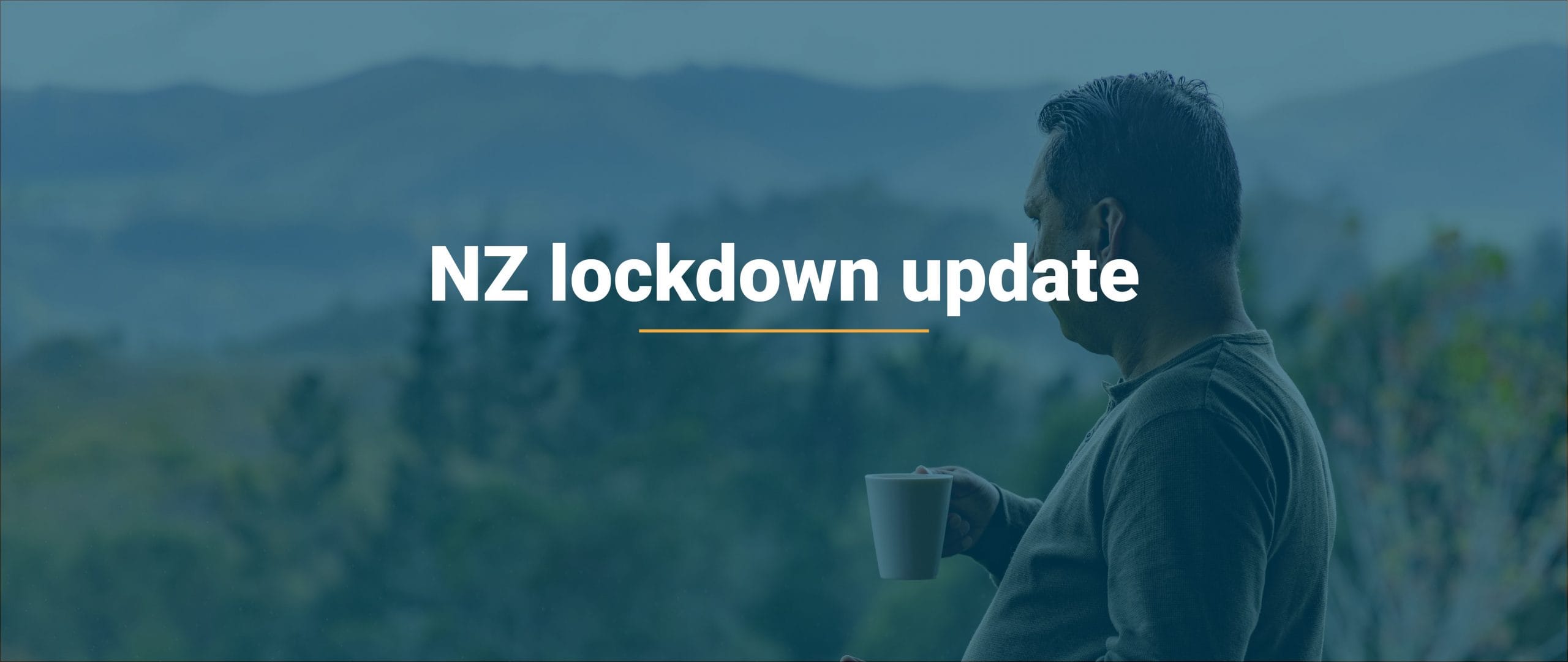As New Zealanders find themselves waking to day 1 of lockdown, we want to take a moment to keep you informed as to what this all means for us from an operational perspective.
Our support team is available as per usual, there will be no difference to support hours and staff levels. We have a hybrid work policy, with all staff set up to work from home a standard, so everyone has the remote working tools they need to look after our clients.
We do lean on our carriers (Chorus, UFF, Enable, Northpower, etc) in terms of provisioning and fault resolution though, so following their advice, here is the latest detail as to the restrictions that are now in place:
- No physical installs until lockdown conditions change
- Remote activations are still possible where a tech visit is not needed
- Upgrades are still able to be processed (providing no physical work is needed, i.e. cannot move to HyperFibre if on standard BS2)
- Fault restorations that can be fixed remotely will continue to be handled
- Fault resolutions requiring a tech will proceed but only if an emergency or high priority work is required, and the carrier will make an assessment before proceeding
If you have any questions regarding pending orders or faults, please give your account manager or our support team a call to discuss.
Hoping you are all safe and well.
